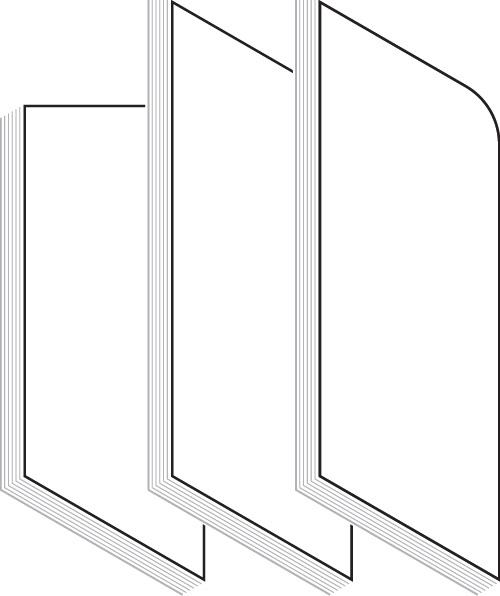To look upon the current state of space exploration is to look upon historical innovation itself and its parameters for experimentation within the grounds of NASA’s space program. With the initial establishment of the Jet Propulsion Laboratory, its presence solidified an unprecedented approach to experimental research in which an oscillating relationship between design and feasibility inherently manifests. This conscious balance optimizes mission production, yet exists outside and is disconnected the very workspace in which these researchers are placed.
Operating within these segmented and insular worlds, work environments within the campus often exhibit a utilitarian need for space over the specified chance of collaborative phasing inherent to NASA’s mission structure. Executed over years or decades, missions timelines endure as its respective employees remain in a state of flux with as little as three individuals overseeing its execution. It is in this dichotomy of spatial discrepancy and decisive project innovation which drives the state of collaborative specificity found within the our proposal of “Hyper Bounds”.
Drawn from discovery of the seminal findings of “habitable” exoplanets, Hyper Bounds serves the site for long-term, high-speed research. An immensely long-term undertaking, the greatest impact of the exploration in space is time. Serving as a timely incubator for new propulsion systems, the space serves to not only accommodate JPL, but also serves as the new testing facility for the organization as a whole. In accordance with this expansive undertaking, our proposal chooses to inhabit the existing building on site as it slowly evolves into its final state around these essential nodes of high-speed testing and research. Rather than a homogenized approach to collaborative work, the testing nodes being to inform an idiosyncratic space for gathering. Where strips of work aggregate as a layered veneer, infilled, with the in between medium of flex space. A hybrid in collaborative space the building adapts from the macro level in research development, with the nodes itself, towards the micro and customizable space of the worker. In turn, the work environment reflects necessary markers in developing these rapid prototypes through time. It is in these underlying dichotomies where we can begin to instill a space for timely collaboration through the form of “Hyper Bounds”, that which will draw forth exceptional innovation.







